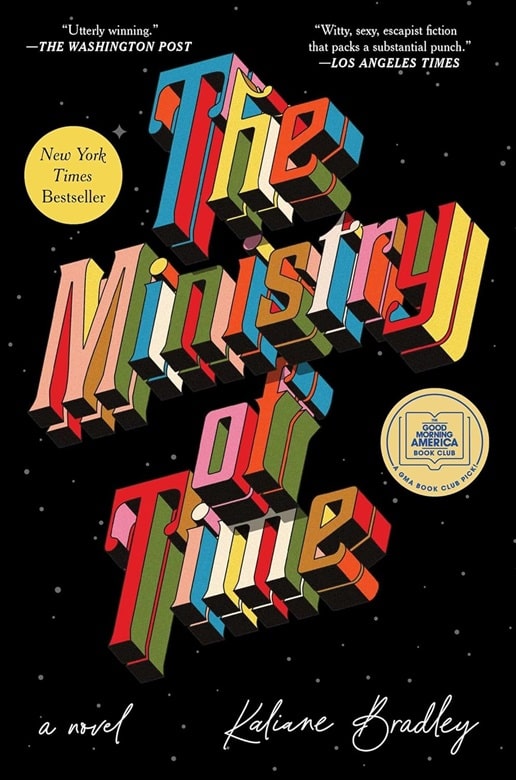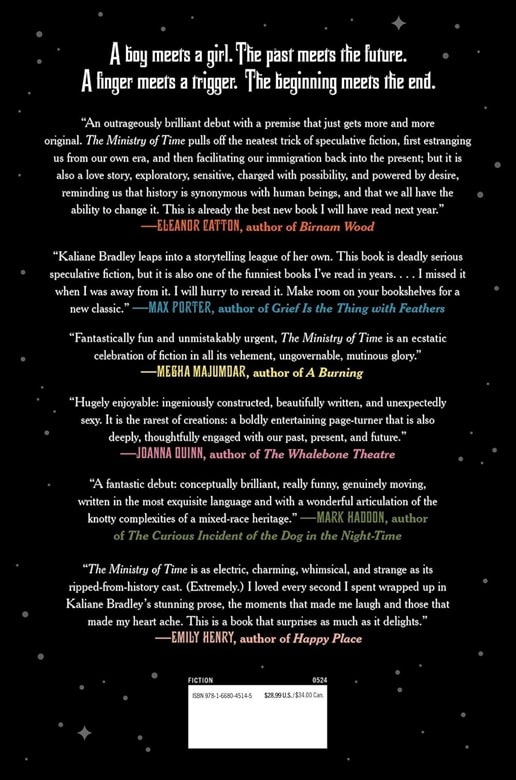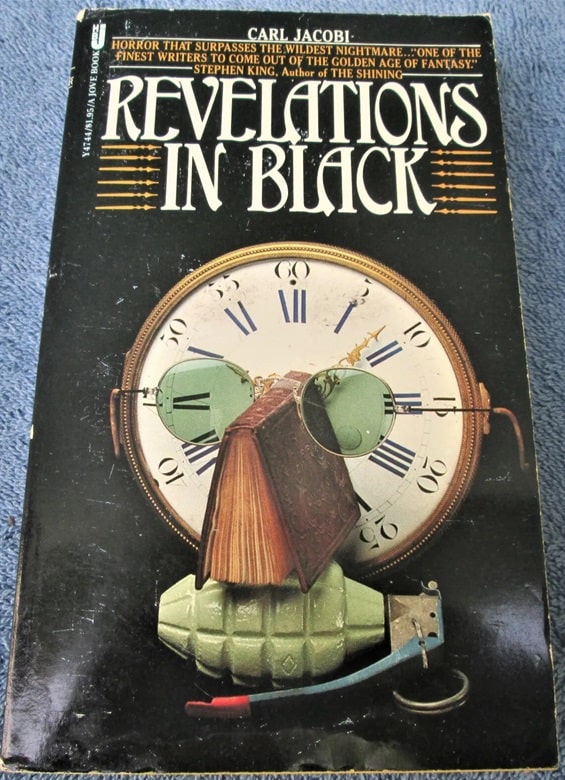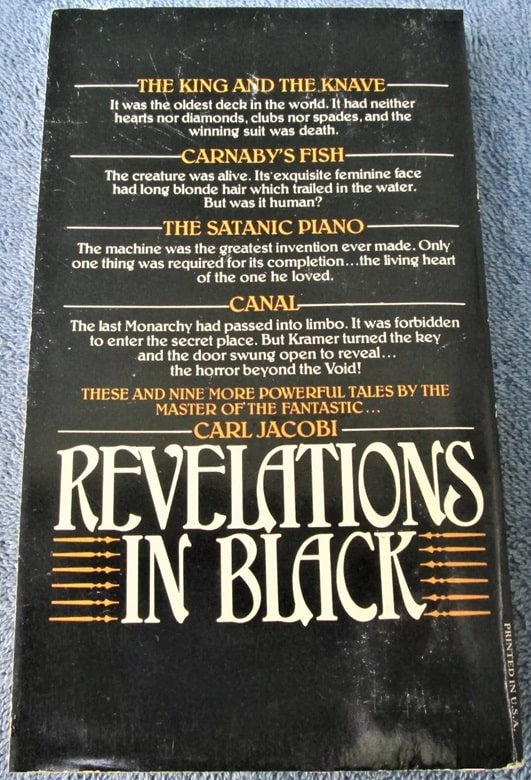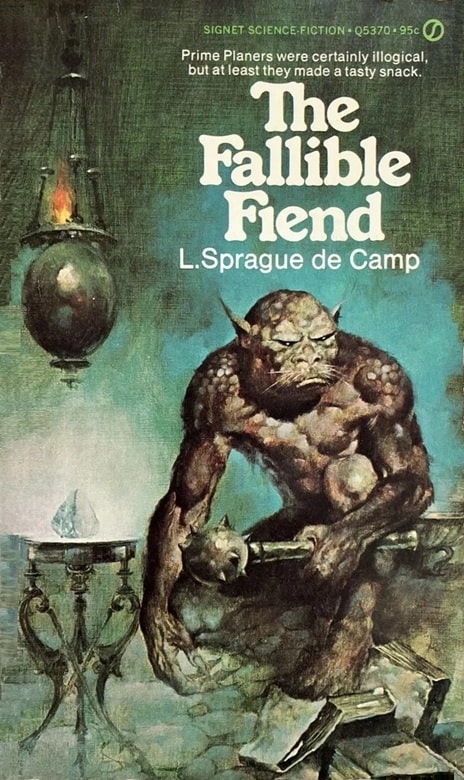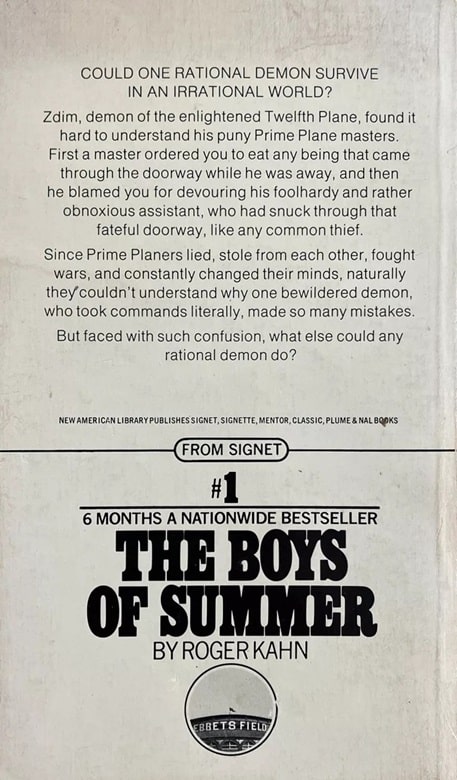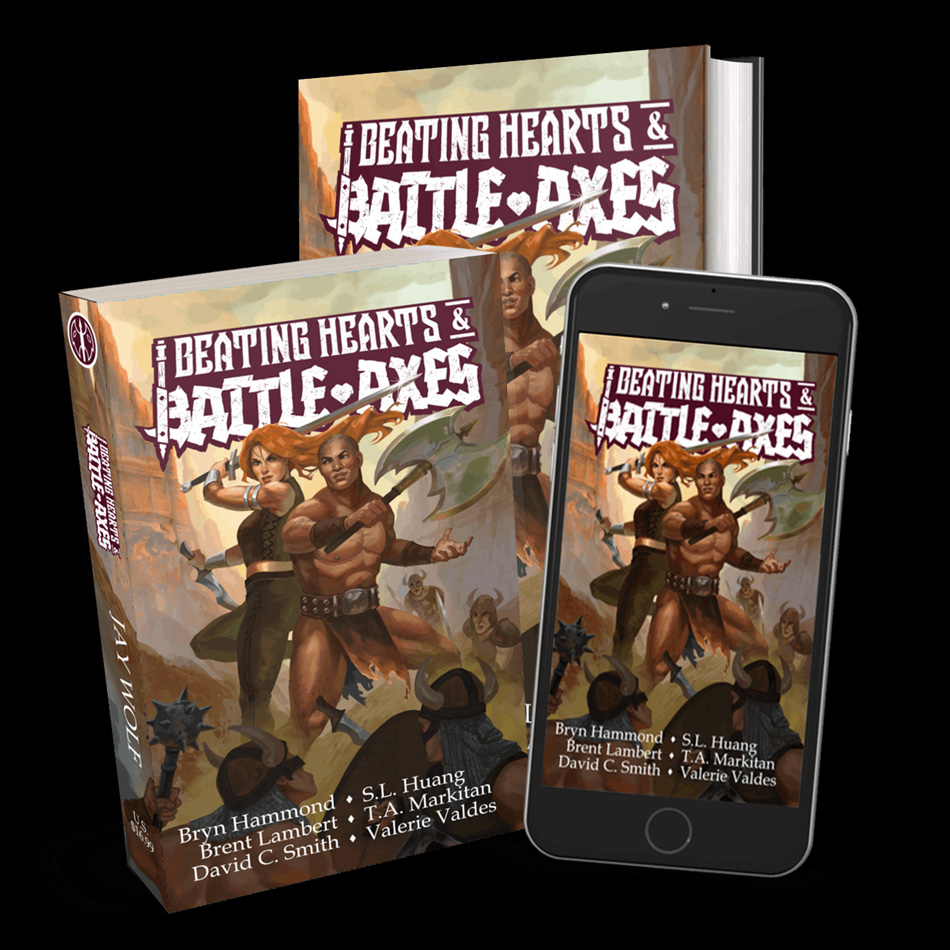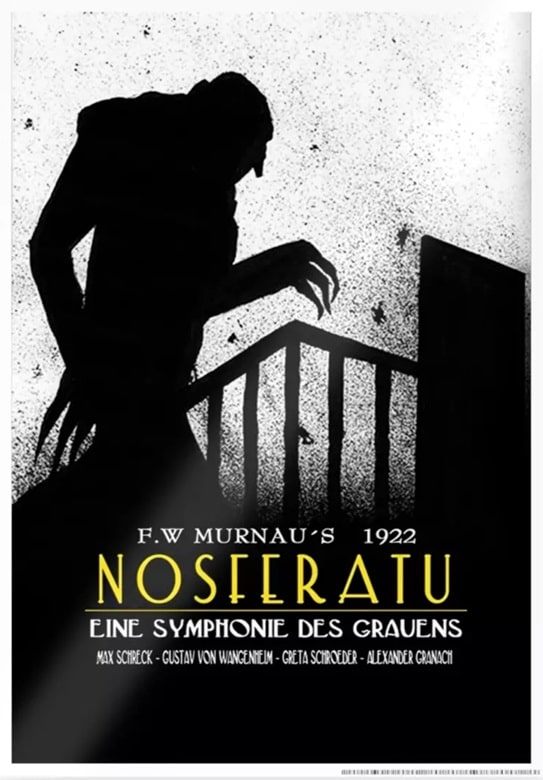Goth Chick News: Lego Jaws? Just Take My Money Now
The original design submitted by Diving Faces (aka Jonny Campbell)
During 2020 when I was looking to fill quite a lot of downtime, I discovered the Lego Ideas website. Though I have never been a Lego builder or collector, I am still endlessly fascinated by the incredible creations true aficionados come up with. At Lego Ideas, hardcore Lego builders create and showcase unique designs. There are regular “challenges” creators can enter, but the big prize goes to those ideas submitted to the new products challenge. In the end, the creation in that category, with the most community votes, becomes a new Lego set produced for sale.
In May 2022, a Lego master builder going by the handle “Diving Faces” submitted a build depicting the final scene in the movie Jaws. In that scene it’s the shark against the three heroes, Quint (Robert Shaw), Brody (Roy Scheider) and Hooper (Richard Dreyfuss), in Quint’s boat the Orca. “Diving Faces,” recently unmasked as Lego-master Jonny Campbell, created a 14-inch-high replica of the boat, as well as the iconic shark, all with Legos.

